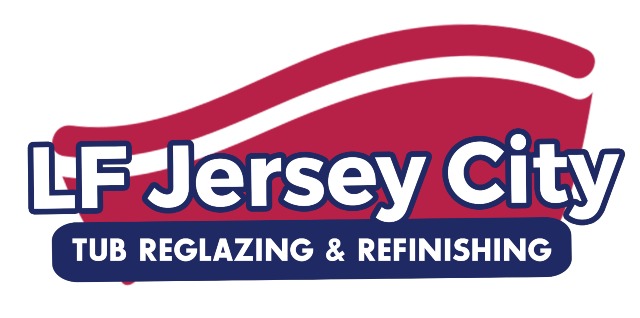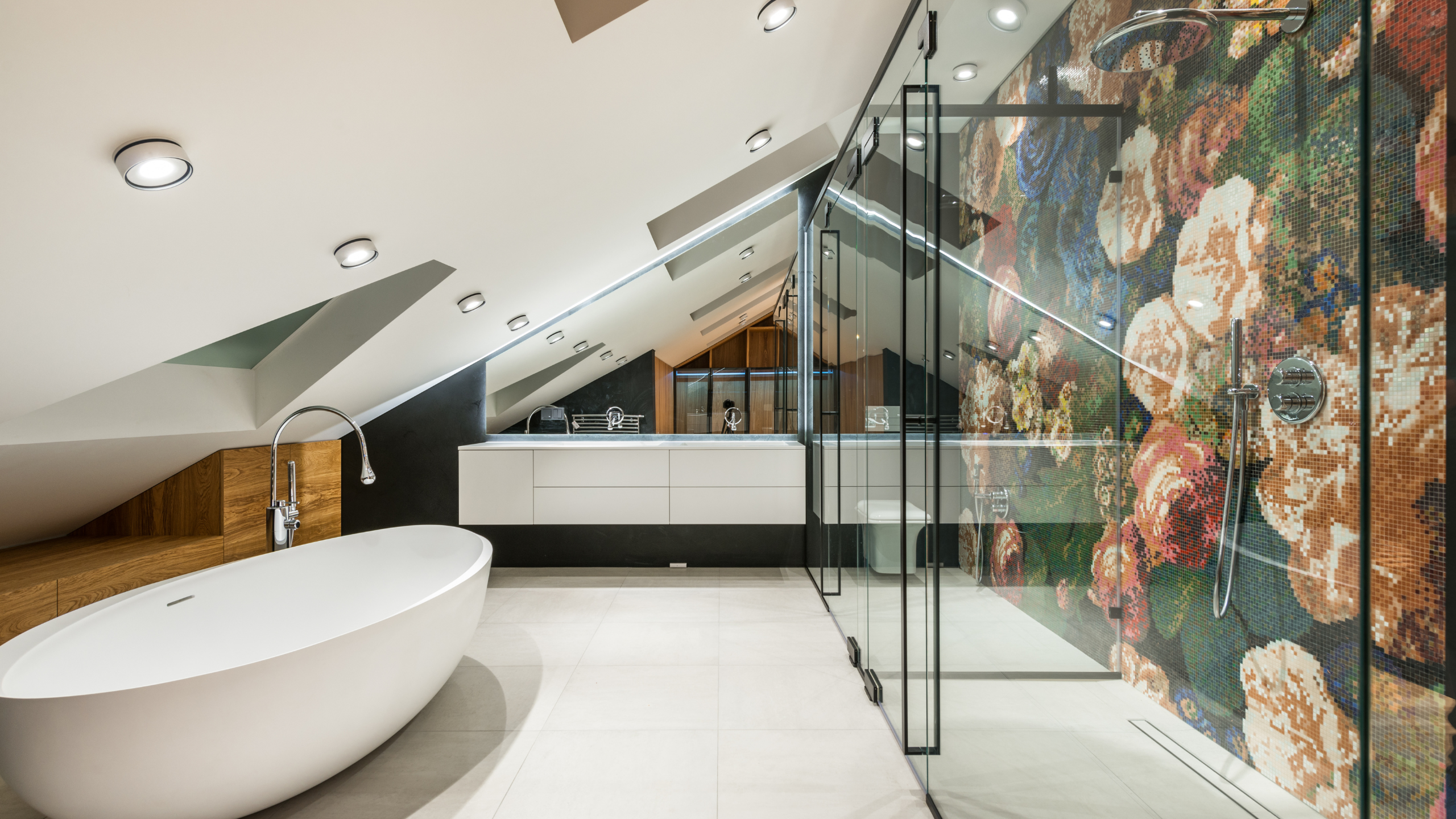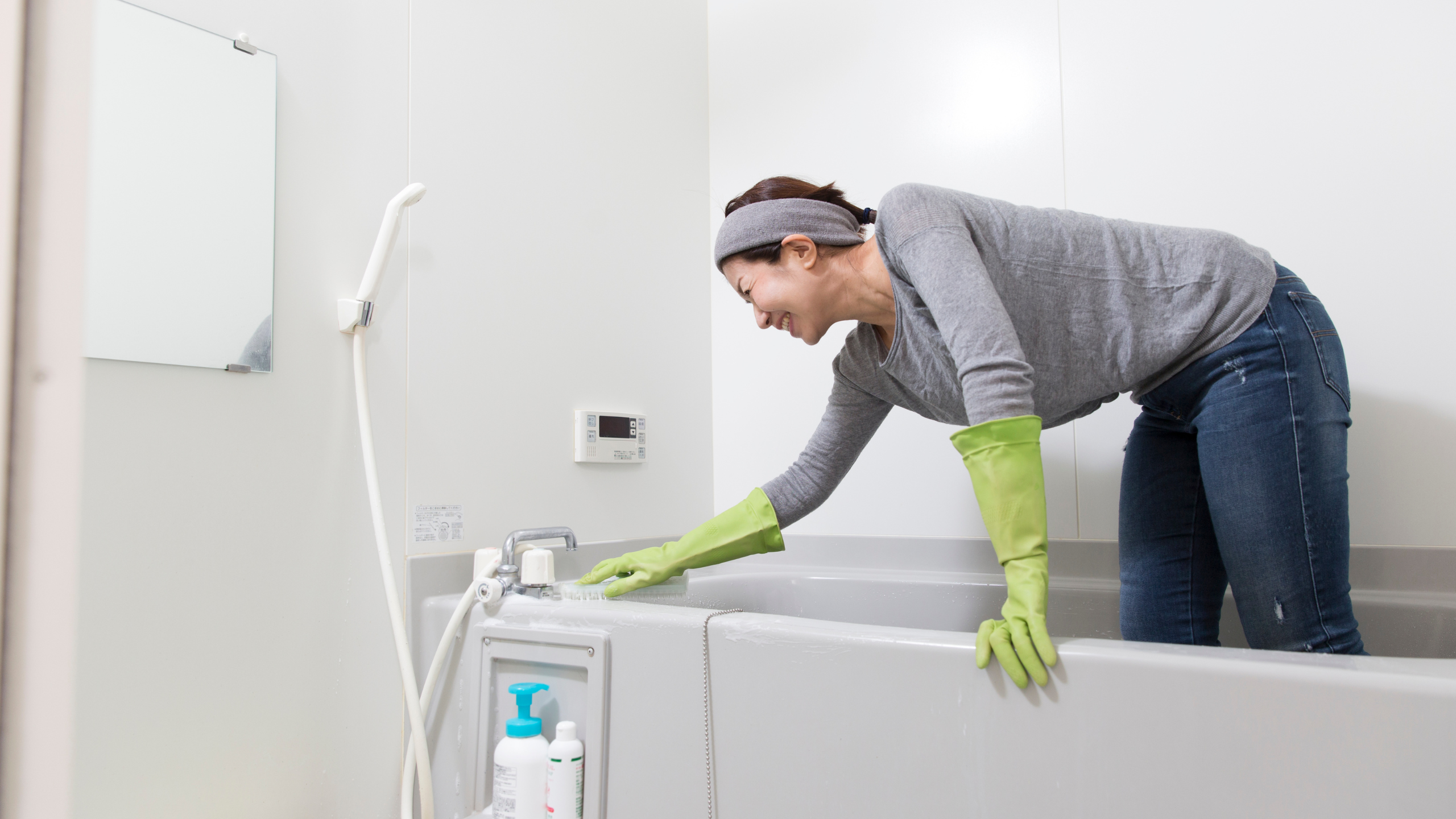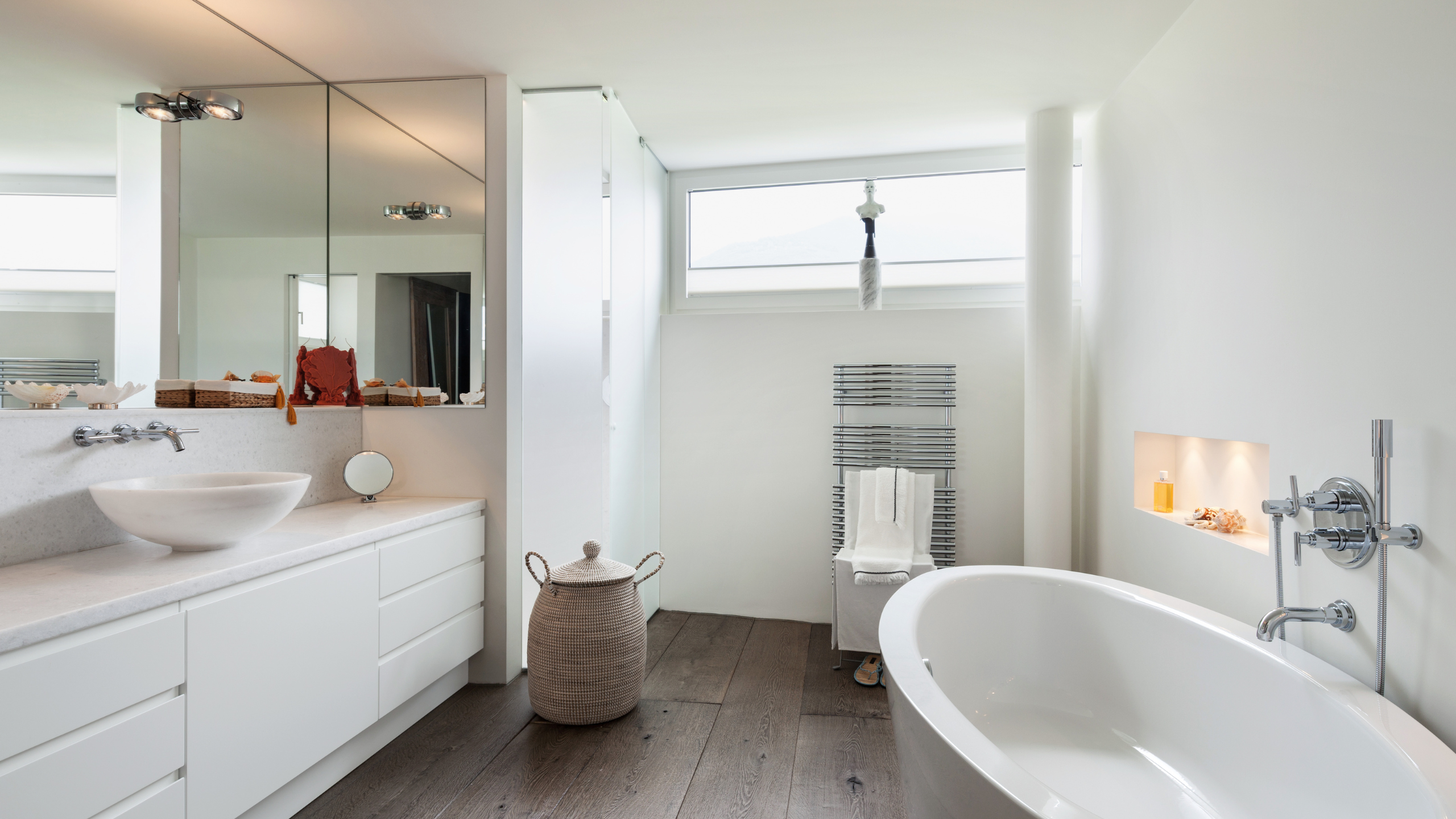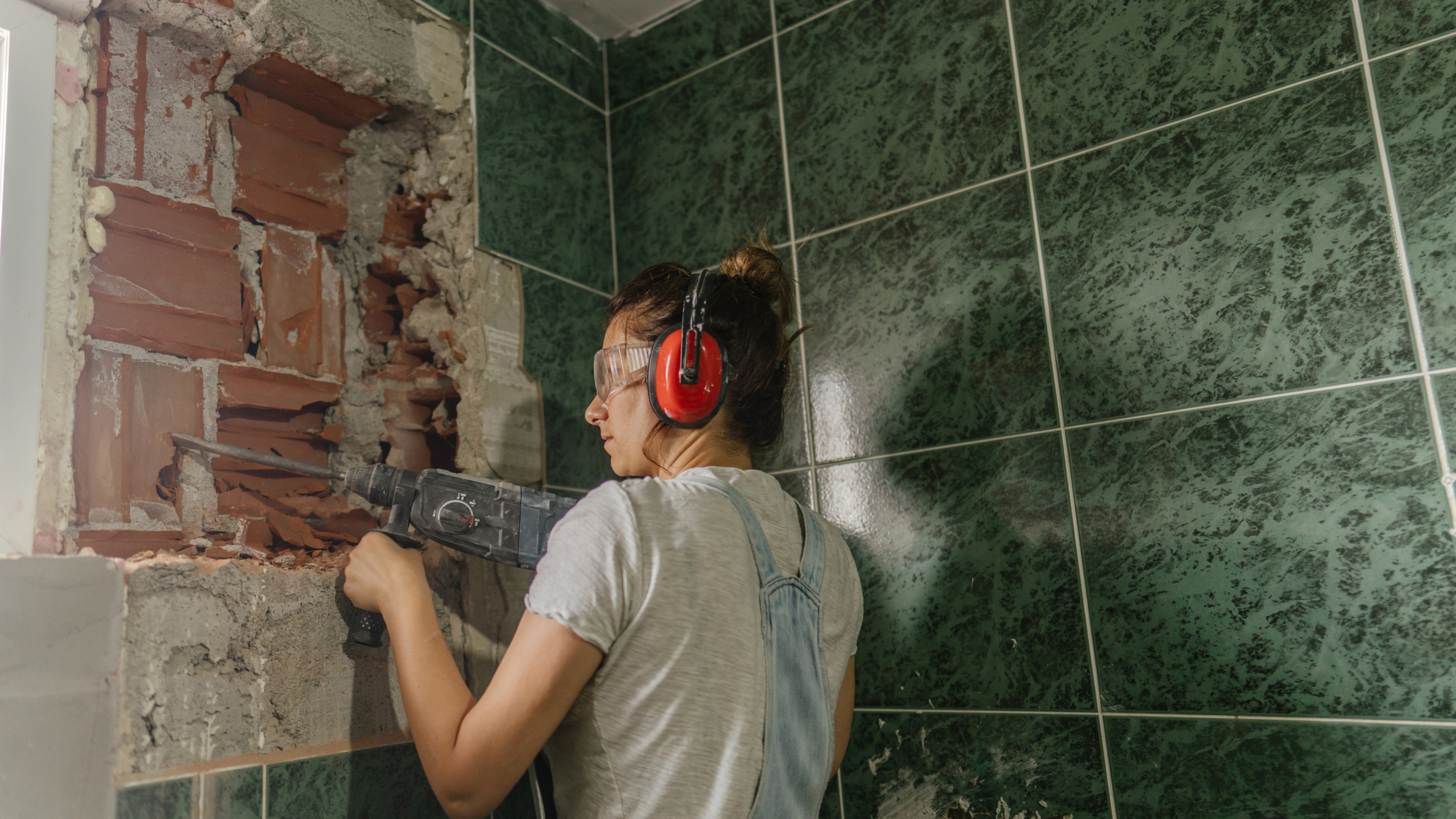An old tub, particularly if it has chips, cracks, or other small damage, might detract from the appearance of a bathroom. While replacing an old bathtub with a new one is an option, reglazing a tub may revitalize a whole bathroom. This section will go through the advantages and disadvantages of reglazing a bathtub. Following a few simple recommendations, you may avoid frequent DIY tub resurfacing issues and provide your customers with a beautifully repaired room for years.
How to Glaze a Bathtub
Tub resurfacing is the process of refurbishing a bathtub. It is also known as refinishing, reglazing, or recoating. It is broken down into five key steps:
- The tub’s surface has been sanded.
- Cracks and other worn parts are repaired.
- Primer is applied in many coats.
- Paint is applied in layers.
- The tub has been polished to a high sheen.
Step #1: Prepare Your Workspace
Before you begin your bathtub repair project, you must thoroughly organize your workspace. In addition to protecting all surrounding surfaces, you must take all necessary safety precautions. To keep the area well-ventilated, turn on the bathroom fan, open a window, and utilize an industrial fan to push the air outside.
DIY vs. Professional Glazing
Surfacing is an excellent alternative for bathtubs with scratches, stains, or other minor issues. Homeowners may also opt to rehabilitate older, historically significant models. Acrylic bathtubs may also be reglazed if the damage is minor. In these instances, you will notice a significant difference between before and after your project.
Homeowners will almost certainly attempt tub refinishing on their own. Although possible, a professional touch may dramatically improve a bathroom’s environment. Topkote’s Bathtub, Tile, and Countertop Refinishing Training Program may help you advance your talents.
Tub resurfacing is not advised in a variety of situations. If a bathtub is in bad condition or your customer desires contemporary amenities such as jets, it is advisable to replace it entirely.
Reglazing a Bathtub: Pros and Cons
There are many factors to consider while refurbishing a tub:
- How long will it take?
- What will it cost?
- Do you want to keep the tub’s personality?
In the following sections, we’ll discuss these concerns by arguing the advantages and disadvantages of reglazing a bathtub.
Pros of Professional Tub Resurfacing
There are several reasons to renovate an old bathtub. Tub refinishing:
- Is less expensive: When compared to getting a new bathtub, restoration is much less costly. Even if a customer buys a new tub on the cheap, it may need to be hacked apart merely to fit through the door. When you include expert labor, the price skyrockets. Tub resurfacing is much less expensive overall.
- Saves time: Replacing a bathtub may be time-consuming. Reglazing can be accomplished in a day or two.
- Can alter the color of a tub: Pink, blue, and avocado tubs were prominent a few decades ago. Tub reglazing is a great way to update a client’s bathroom.
- Can retain the personality of a tub: Older tubs are usually well-crafted. If you’re working on an old model, the homeowners will almost certainly wish to keep the tub’s original look. Tub resurfacing enables you to fix damage while maintaining the current appearance of the bathroom.
Cons of Refinishing a Tub
There are some disadvantages to tub resurfacing as well. Consider a refurbished bathtub:
Can get worn over time: A reglazed tub will ultimately exhibit wear, generally after 10 to 15 years.
Will not last as long as a new tub: While 10 to 15 years is impressive, a refinished one will not last as long as a new one.
Involves strong chemicals: Reglazing a bathtub might expose you and others to dangerous fumes. Wear a mask at all times and ventilate the room while working. Learn more about decreasing glazing fumes here.
.
